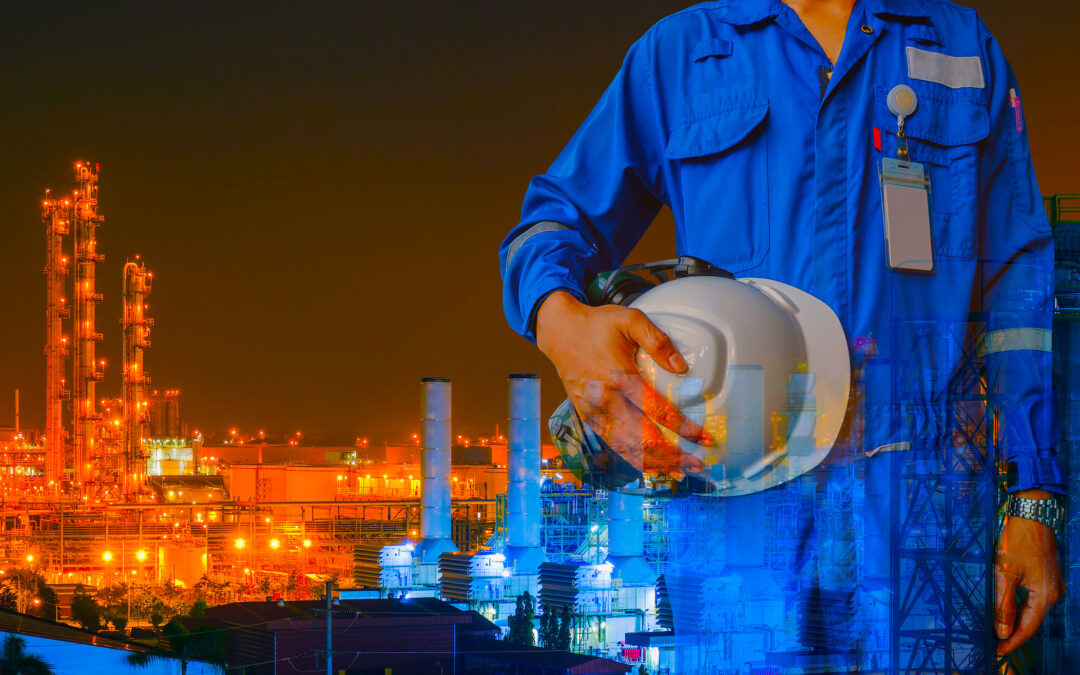“Asset management” took on a whole new meaning in the RAM world when ISO-55001:2014 finally hit the streets. We were informed, taught, coached, and critiqued when we tried to understand it. And no wonder: The new Standard wasn’t so much about direct hands-on asset management, but more about comprehensive “systems” to manage a company’s assets.
Bummer. We thought it would be about managing physical or capital assets for performance and reliability. It was broader than that. For purposes of this column, though, let’s focus on the way the ISO Standard has defined “assets.”
ISO-55000:2014 defines an asset as an Item, thing, or entity that has potential or actual value to an organization. Value can be tangible or intangible, financial or non-financial, and includes consideration of risks and liabilities. It can be positive or negative at different stages of the asset life.
Physical assets usually refer to equipment, inventory and properties owned by the organization. Physical assets are the opposite of intangible assets, which are non-physical assets such as leases, brands, digital assets, use rights, licenses, intellectual property rights, reputation or agreements.”
“A critical asset,” per the Standard, “is one having potential to significantly impact on the achievement of the organization’s objectives. Assets can be safety-critical, environment-critical, or performance-critical and can relate to legal, regulatory, or statutory requirements. Critical assets can refer to those assets necessary to provide services to critical customers.”
The Standard goes on to define an asset-management system as “a set of components within an organization that establishes policies, objectives, and processes to effectively achieve the most value from assets.”
OK. But what about PEOPLE, the human assets that make all equipment assets and asset-management systems work? I’ve beat this drum long and hard, from shortly after the new management Standard was unveiled in 2014 and beyond.
The “human side” is in stealth mode in the ISO Standard when it should be spelled out clearly. For example, how should we manage the human-asset-system life cycle, from job design to recruiting and hiring, and from onboarding and training to ongoing skills development and eventually retirement?
Think about it. In the RAM world, we know we need the right people, with the right skills and know-how and the right tools to get jobs done right. Right? No matter how automated and robotized our plants are, we still need highly skilled human assets to pay attention to the reliability and performance of rapidly evolving and improving high-tech physical assets.
As RAM pros, we’re in the right position to spearhead meaningful conversations with top management to align our human life-cycle-asset-management system with the needs of the business. Are our human assets physical or intangible assets? Consider this ISO-55000:2014 “critical asset” definition when discussing human assets as “having potential to significantly impact on the achievement of the organization’s objectives.
Assets can be safety-critical, environment-critical, or performance-critical and can relate to legal, regulatory, or statutory requirements. Critical assets can refer to those assets necessary to provide services to critical customers.”
Learning to treat humans as our most important assets means doing what it takes to make them reliable parts of the organization and the processes that bring actual value to the organization.TRR
ABOUT THE AUTHOR
Bob Williamson is a long-time contributor to the “people-side” of the world-class-maintenance and manufacturing body of knowledge across dozens of industry types. His vast background in maintenance, machine and tool design, and teaching has positioned his work with over 500 companies and plants, facilities, and equipment-oriented organizations. Contact him directly at 512-800-6031 or [email protected].
Tags: reliability, availability, maintenance, RAM, asset management, work culture, workforce issues



